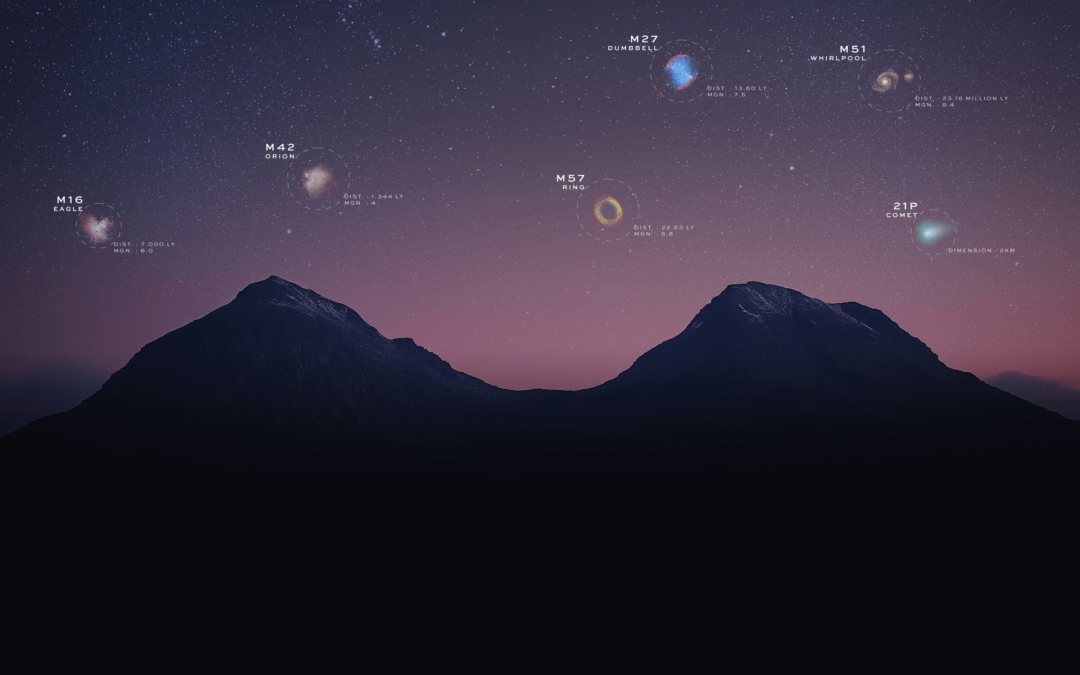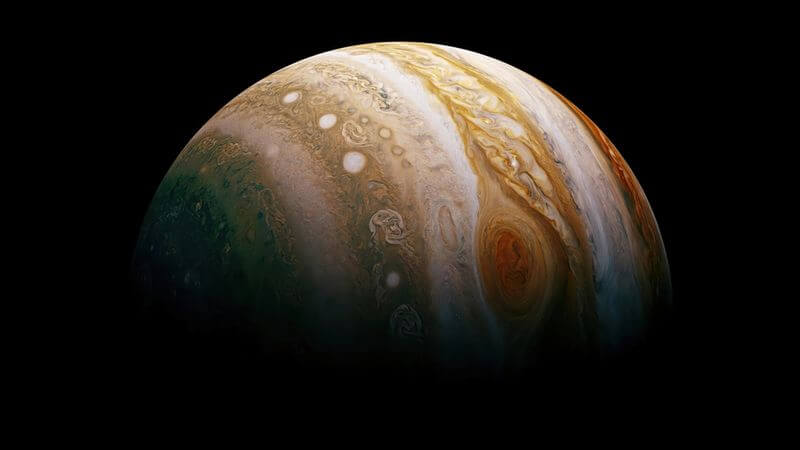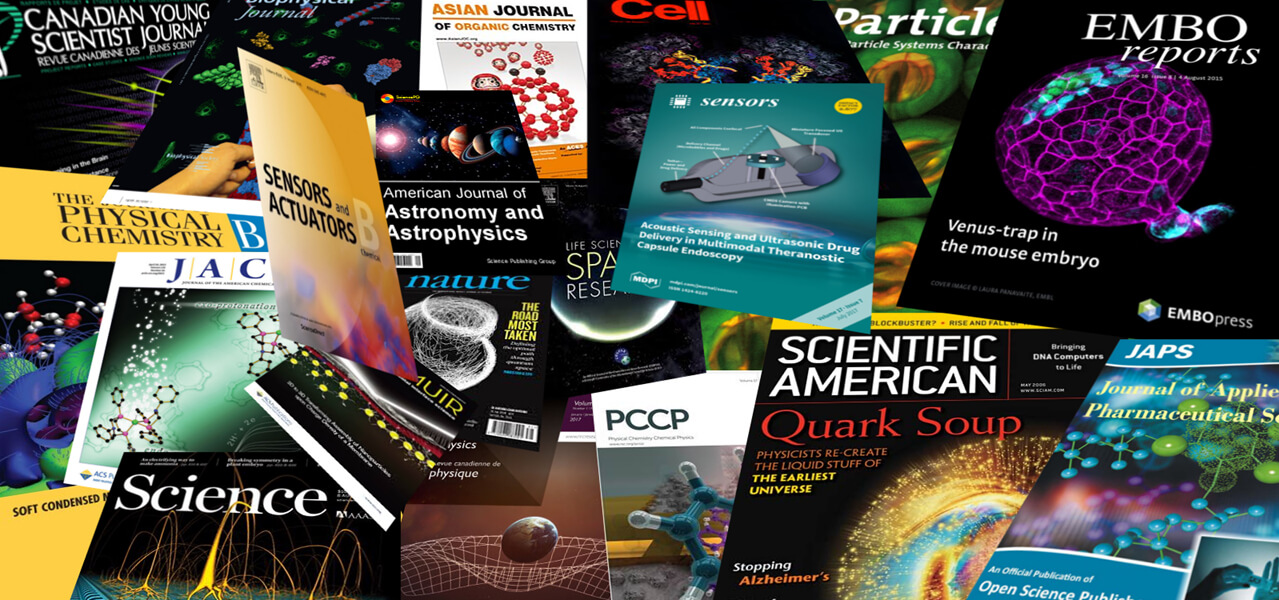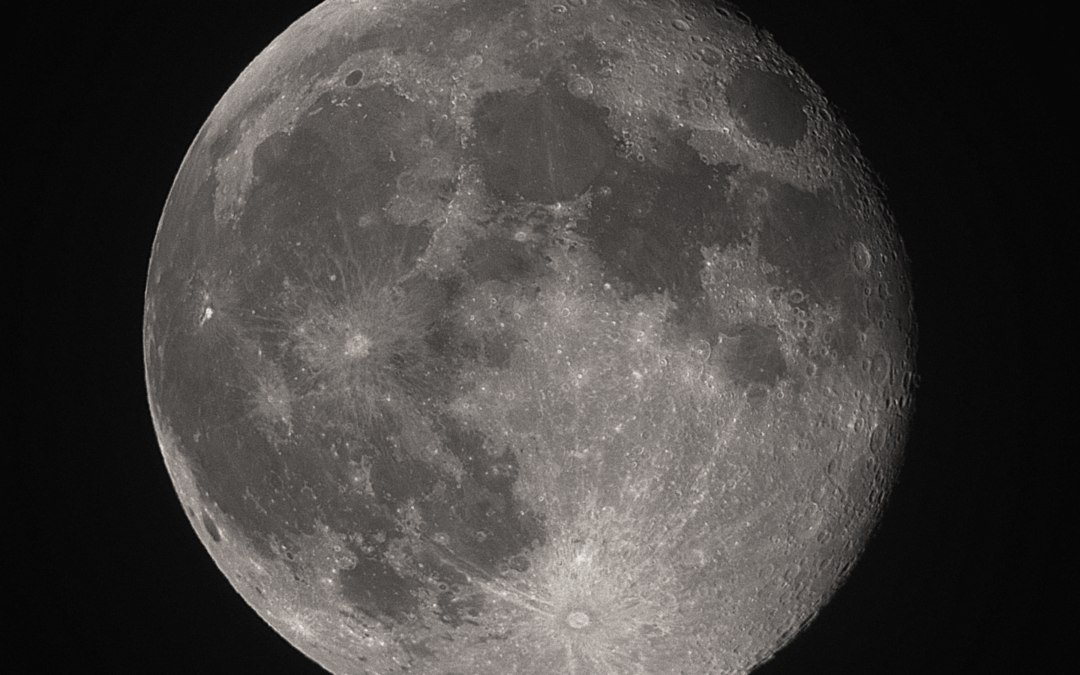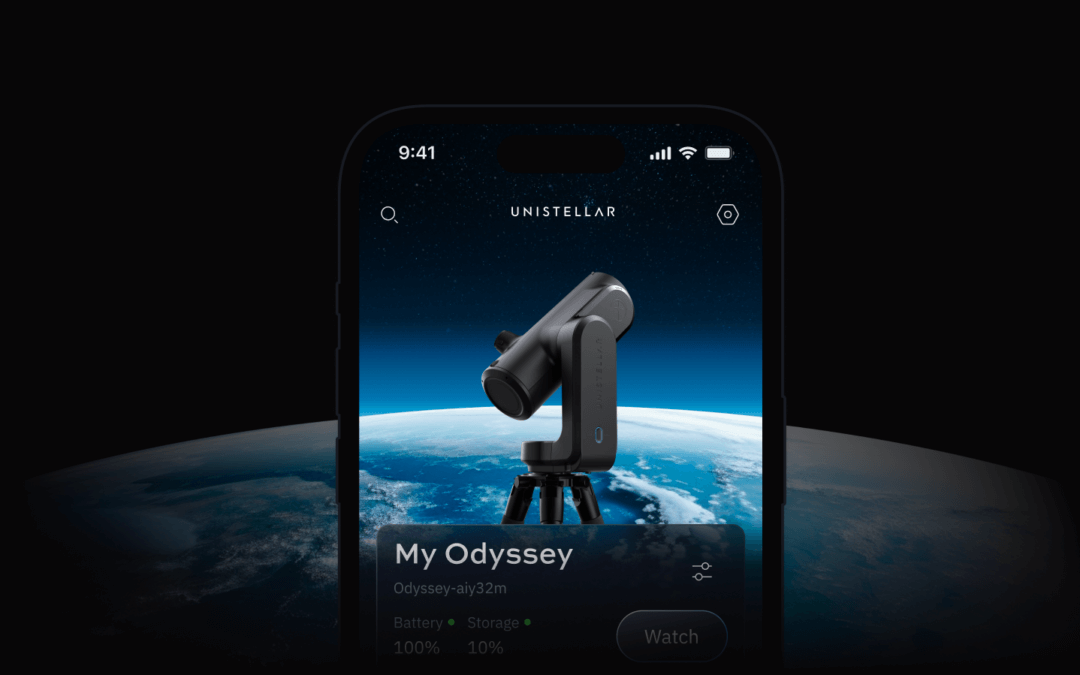UPDATE: This candidate was just redefined days ago as an eclipsing binary star thanks to the TESS follow-up program, meaning it is likely not an exoplanet. We still encourage you to observe this system because this new classification merits confirmation and this is a good test case for eVscopes detecting eclipsing binary stars, which would be a first for us! An eclipsing binary is a pair of stars that periodically block one another’s light as they orbit around each other. This creates a signal similar to an exoplanet transit, which is a major reason we re-observe exoplanet candidates with our eVscopes.
Astronomers are finding new exoplanets every year, expanding the number of known worlds in the universe. This June, citizen astronomers have a chance to help find and confirm one of them!
Exoplanet candidate TOI 3537.01 was discovered by NASA’s exoplanet-hunting Transiting Exoplanet Survey Satellite (TESS) mission in October of 2021, but hasn’t been observed by any other telescopes since. As a candidate, it means astronomers think they found an exoplanet, but they need more observations to rule out other explanations like nearby binary star pairs or dust clouds.

TOI 3537.01 is located 1,460 light-years from Earth, orbiting a star that looks very much like the Sun in terms of its size, temperature and brightness. The exoplanet candidate is a hot Jupiter, meaning it’s a large, gaseous planet that orbits close to its star. In fact, this potential planet would orbit its star once every six days. The system may also have other Earth-like exoplanets that could be habitable as well, making it an exciting place for us to observe and learn more about.
Those quick orbits give us multiple opportunities to see TOI 3537.01 transit, or pass in front of its star. Catching a transit is key to proving that this exoplanet does indeed exist. In June, exoplanet transits will be visible to observers on multiple continents on different days. Viewing regions include North America, South America, Europe, Africa, Middle East, South Asia, East Asia and Japan.
This animation of a transit shows how a dip in the observed brightness of a star may indicate the presence of a planet passing in front of it. By combining data from multiple observations, Unistellar will put together a lightcurve of the transits that will provide key evidence for an exoplanet. But we will likely need data from a number of observers, meaning that we need all the help we can get! Observers will need to watch TOI 3537.01 for at least three and a half hours, and ideally more if they can.
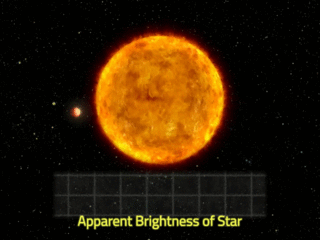
Credits: NASA’s Goddard Space Flight Center
Here’s how you can observe this potential exoplanet in June:
If you’re new to finding exoplanet transits, start with our helpful exoplanet hunting page, which features a video tutorial on using your eVscope for citizen science.
When you’re ready to get started, visit our dedicated exoplanet transit predictions page and select your region from the drop down menu. Then, scroll down and select the row for TOI 3537.01 to display the observation settings and visibility map. Use those settings to ensure your observation goes smoothly.
If you have any questions, please reach out to us at [email protected].
Further readings
3 Reasons to observe this month
Every month, discover three unmissable celestial events to observe with your Unistellar telescope.
Observing Eclipses on Jupiter: Cosmic Spectacles Through a Telescope
The latest Unistellar App Update, version V3.0, is now live. Explore a smooth stargazing experience !
Unistellar Community Included In Multiple Scientific Papers
Did you know Unistellar Citizen Astronomers are often cited in published scientific papers? Find out how you can contribute too!
What Are the Names of All the Full Moons in 2024?
Discover the enchanting names of the full moons in 2024. Delve into the unique character of each lunar spectacle and embrace the allure of the night sky.
New Unistellar App Update: Version 3.0
The latest Unistellar App Update, version V3.0, is now live. Explore a smooth stargazing experience !
What to Observe This November: Open Star Clusters and More
These Halloween deep-sky objects will add some light to those dark, spooky nights. Treats, tricks, and telescopes await!

